The Polynesian association Tama no te Tairoto (Children of the Lagoon) organized the largest global observation of the coral Porites rus spawning event on January 18 and 19, 2025, through its citizen science project “Connected by the Reef – Te Firi A’au”. This event mobilized over 400 observers from 21 countries, revealing that this reef-building coral has the remarkable ability to synchronize its reproduction across more than 18,000 km over the globe. This extraordinary natural phenomenon was observed simultaneously for the first time in both the Northern and Southern Hemispheres.
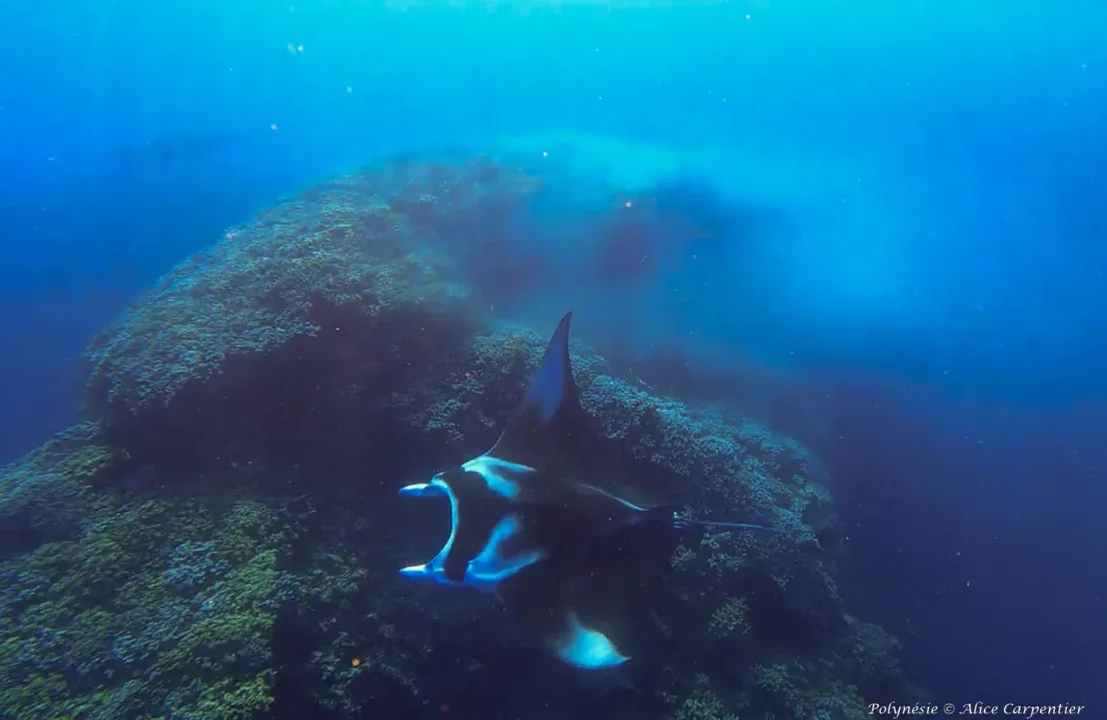
The Polynesian association Tama no te Tairoto (Children of the Lagoon) organized the largest global observation of the coral Porites rus spawning event on January 18 and 19, 2025, through its citizen science project “Connected by the Reef – Te Firi A’au”. This event mobilized over 400 observers from 21 countries, revealing that this reef-building coral has the remarkable ability to synchronize its reproduction across more than 18,000 km over the globe. This extraordinary natural phenomenon was observed simultaneously for the first time in both the Northern and Southern Hemispheres.
A Global Mobilization of Over 400 Observers
In response to a call issued by the Polynesian association Tama no te Tairoto in August 2024, observers from 33 countries registered for the project, spanning from Costa Rica to Pacific Islands, Asia, the Indian Ocean, East Africa, and even the Red Sea.
Despite logistical challenges—such as identifying Porites rus colonies, locating suitable observation sites, understanding the phenomenon, and being prepared at the right moment—more than 400 observers actively participated in the operation. This included around 300 observers in Polynesia and over 100 participants from 20 other countries, including the Cook Islands, Palmyra Atoll, American Samoa, Fiji, New Caledonia, Australia, Guam, the Philippines, Bali, Indonesia, the Maldives, Mauritius, Reunion Island, Mayotte, Zanzibar, Kenya, and smaller islands such as Chumbe Island, Frégate Island, Christmas Island, and the Cocos Islands.
Unfortunately, some sites could not be monitored, often due to unfavorable weather conditions on the observation day or the absence of Porites rus colonies in the participants’ areas.
Synchronization Across More Than 18 000 km
Although the data remains incomplete as not all observations have yet been submitted by participants, the initial results confirm that the spawning of Porites rus is synchronized on an exceptional scale.
- Key observations include:
In French Polynesia, spawning was observed as early as 6:55 a.m. in Tahiti (1 hour and 21 minutes after sunrise) ; - In Mauritius, the first spawning occurred at 7:24 a.m. (1 hour and 40 minutes after sunrise);
- In Reunion Island, spawning was observed at 7:19 a.m. (1 hour and 28 minutes after
sunrise) ; - On Chumbe Island in Tanzania, it occurred at 7:44 a.m. (1 hour and 23 minutes after sunrise)
- In the Maldives, on Male Island, spawning was recorded at 7:49 a.m. (1 hour and 30 minutes after sunrise).
Spawning events were also confirmed in New Caledonia and Indonesia, with data from several other territories still under review.
These initial results demonstrate that Porites rus can synchronize their reproduction over great distances exceeding 18 000 km, from French Polynesia to Chumbe Island in Tanzania. Additionally, for the first time, a simultaneous coral spawning was observed between the Southern Hemisphere and the Northern Hemisphere (Maldives). This is a fascinating discovery !
However, some sites—such as Palmyra Atoll, Guam, the Philippines, Kenya, Mayotte, the Cook Islands, and American Samoa—did not record any spawning events. It will be essential to verify whether the observed colonies belonged to the Porites rus species and identify potential local environmental factors that may have inhibited spawning.
As Vetea Liao, founder of Tama no te Tairoto, explains: “Not observing this coral spawning at certain sites is just as valuable as observing it, as it indicates highly localized environmental factors influencing this phenomenon.”
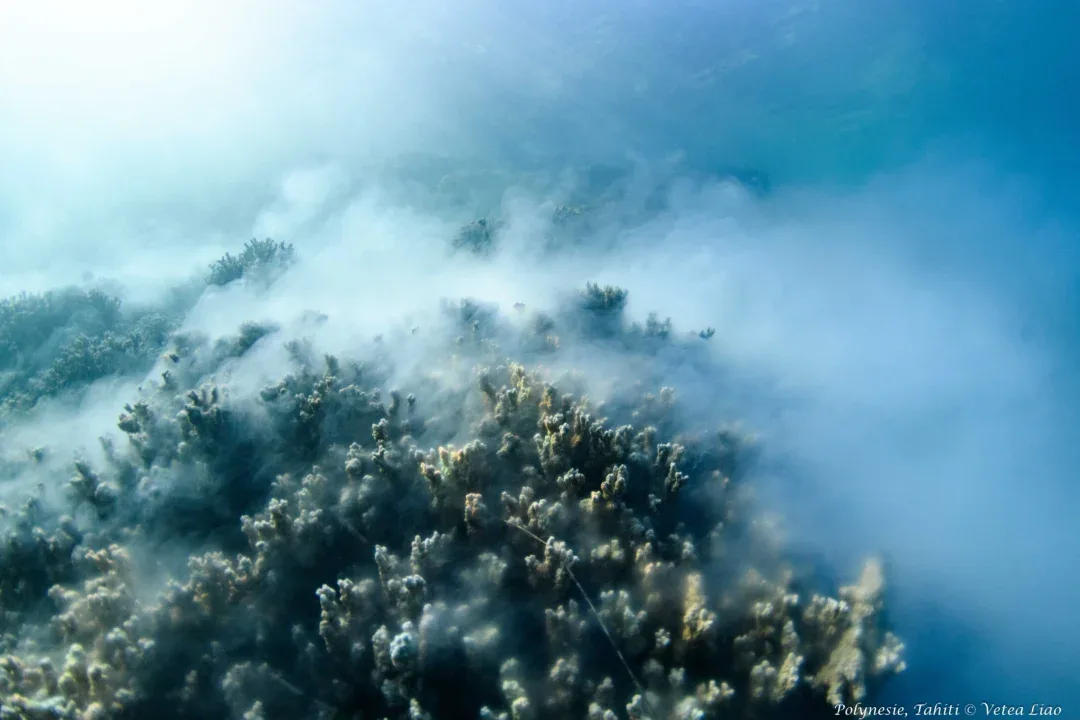
The Challenge of Depth
Beyond this large-scale mobilization, a team of divers based in French Polynesia from the Institute for Research on Mesophotic and Deep Ecosystems (IREMP) attempted to observe the spawning of Porites rus at a depth of -80 meters.
Two years ago, observers from the association discovered that the spawning of Porites rus located between 20 and 40 meters deep was delayed by 4 hours compared to those observed in lagoons at shallower depth. Thus, the question remained open regarding colonies located at even greater depths.
An initial attempt was made on December 19th, 2024. Spawning was observed at -50 meters, but no activity was detected at greater depths. The limited time of professional dives did not allow for extended monitoring.
For the January 18th spawning event, the team was this time accompanied by a remotely operated vehicle (ROV) provided by the company ODEWA, specialized in deep-water operations. Thanksto this tool, it was possible to monitor around -60 meters and inform divers as soon as spawning began, ensuring deep observations.
Unfortunately, no spawning was detected at -50 meters during this January mission. The December observation at a record depth of -50 meters remains, to this day, likely the deepest natural coral spawning recorded by divers.
The Power of Citizen Science
Association members, passionate divers, researchers, students, schools, families, or the simply curious—the diversity of profiles participating in this project was vast. For some, it was their first time witnessing this unique phenomenon of coral reproduction.
Since its founding in November 2021 and the initiation of the first Porites rus spawning observations as part of citizen science projects, the association has enabled hundreds of volunteers to admire this event, and each observation counts. Over three years, the association has collected valuable data on this natural phenomenon.
The “Connected by the Reef – Te Firi A’au” project marks a key milestone for this network of dedicated volunteers, taking on an international dimension. Together, these observers have demonstrated the incredible geographical scale of the phenomenon and highlighted the power of coral reefs and nature’s fascinating interconnections.
 A Global Connection
A Global Connection
This January observation was just the beginning. It brought together an international community and highlighted this astonishing phenomenon. In French Polynesia, the Porites rus spawning is observable once a month, each year from November to April. The goal is now to continue mobilizing these observers to replicate the experience in the coming months to better understand the temporal variations of this phenomenon.
These observations also raise new questions: How do Porites rus synchronize their spawning over such vast distances? Why didn’t some colonies spawn? Research continues…
Coral reproduction is a crucial moment in the life of a reef, marking the start of an essential cycle for its survival. These spawning events, stunning natural spectacles, lead to the birth of new corals, the renewal of colonies, and contribute to the resilience of reefs facing environmental challenges. The resulting larvae travel, settle, and participate in the ecosystem growth, offering a chance for large-scale regeneration in degraded areas.
Every Action Counts to Preserve Our Reefs
However, these fragile processes are threatened by climate change, pollution, and human pressures. Protecting these phenomena means safeguarding not only reefs but also the exceptional biodiversity they host and the human communities that depend on them.
Understanding and celebrating these moments of life, as the Connected by the Reef – Te Firi A’au project has done, reminds us how vital every action is in preserving our coral reefs.
Beyond scientific research, this project not only unveiled the connection between coral reefs on our planet but also brought local populations closer to their reefs, all united on the same day for the same cause. Together, connected by reefs, these enthusiasts demonstrate the power of human collaboration in unveiling the mysteries of the ocean.
The association is delighted to have connected the world through coral reefs, starting from our Fenua. It warmly thanks all observers from various countries and territories, as well as all its partners for their support: the French Coral Reef Initiative (IFRECOR), the International Coral Reef Initiative (ICRI), UNESCO for awarding the label “United Nations Decade of Ocean Science for Sustainable Development,” The International SeaKeepers Society, the Intercontinental Tahiti Resort & Spa, the association Te Mana o te Moana, the High Commission of the Republic in French Polynesia, the Government of French Polynesia, the Economic, Social, Environmental, and Cultural Council (CESEC) of French Polynesia, the French Office for Biodiversity (OFB), the Directorate of the Environment of French Polynesia, and Bigouane Prods.
Join the Movement!
To participate or obtain more information, visit the Tama no te Tairoto website to help uncover the secrets of this fascinating natural event and promote coral reef preservation.
Contact the Association: [email protected] Social Media: @Tama no te Tairoto (Facebook, Instagram)
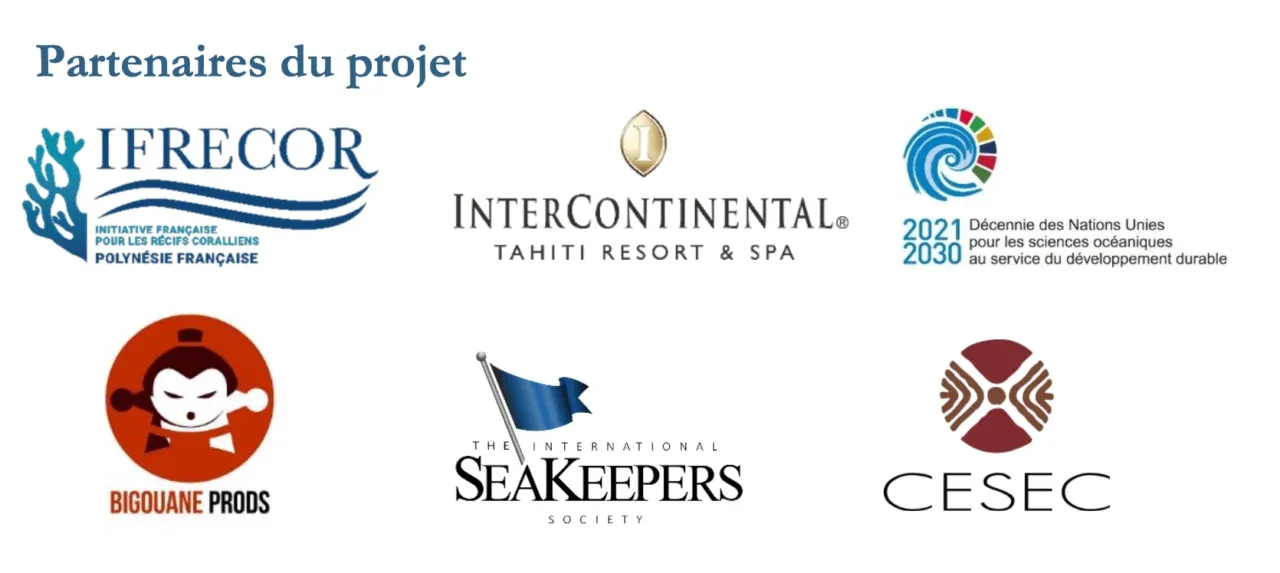
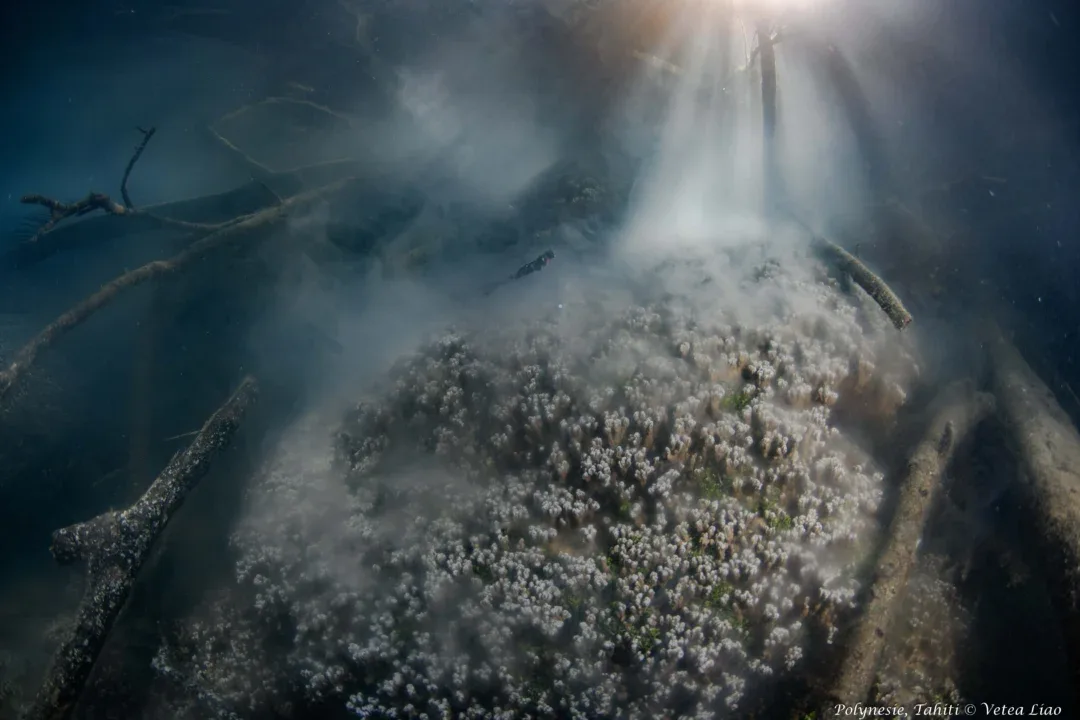

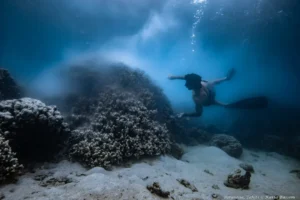 A Global Connection
A Global Connection